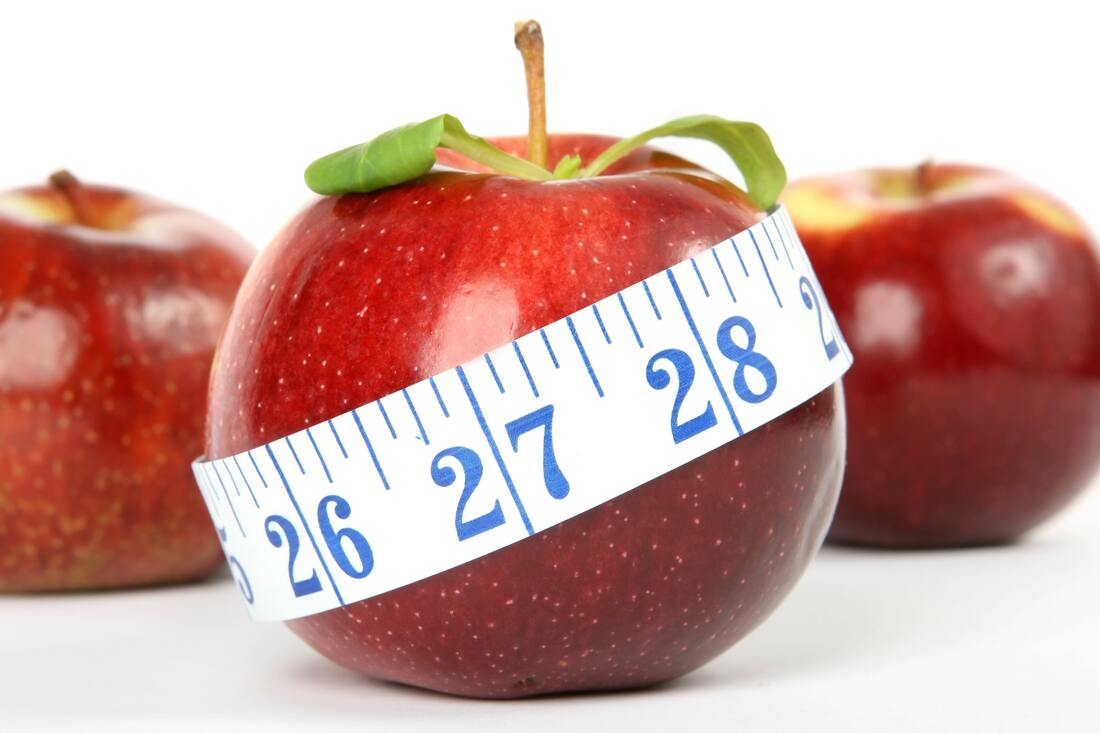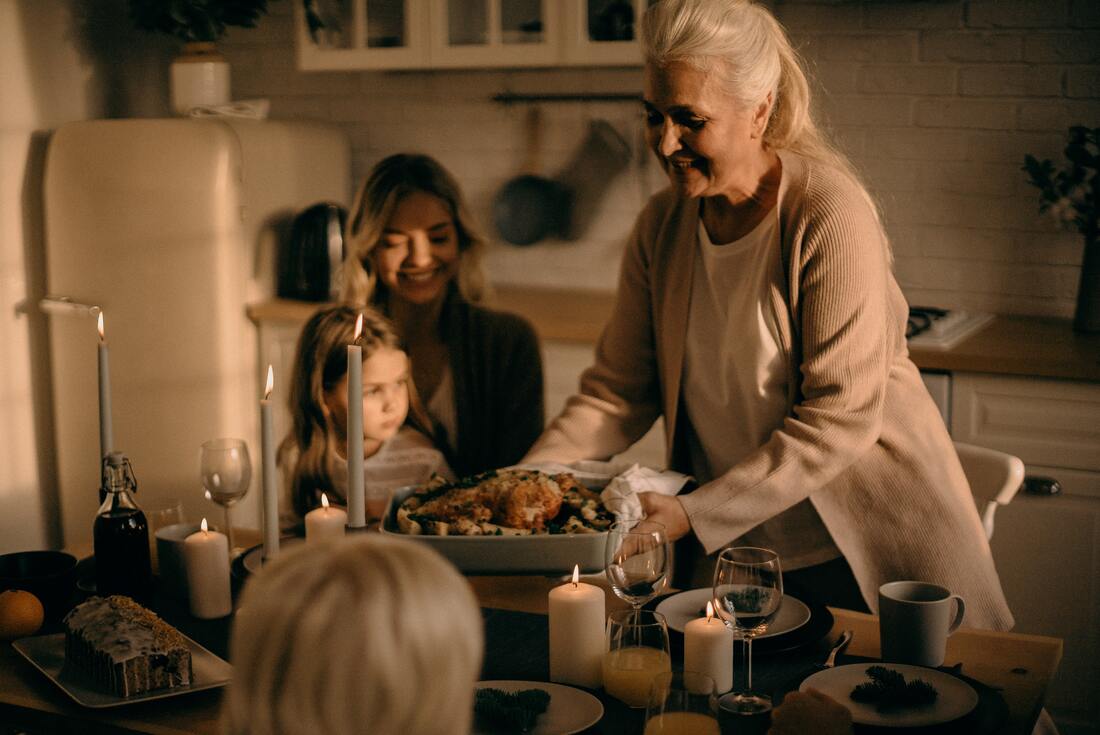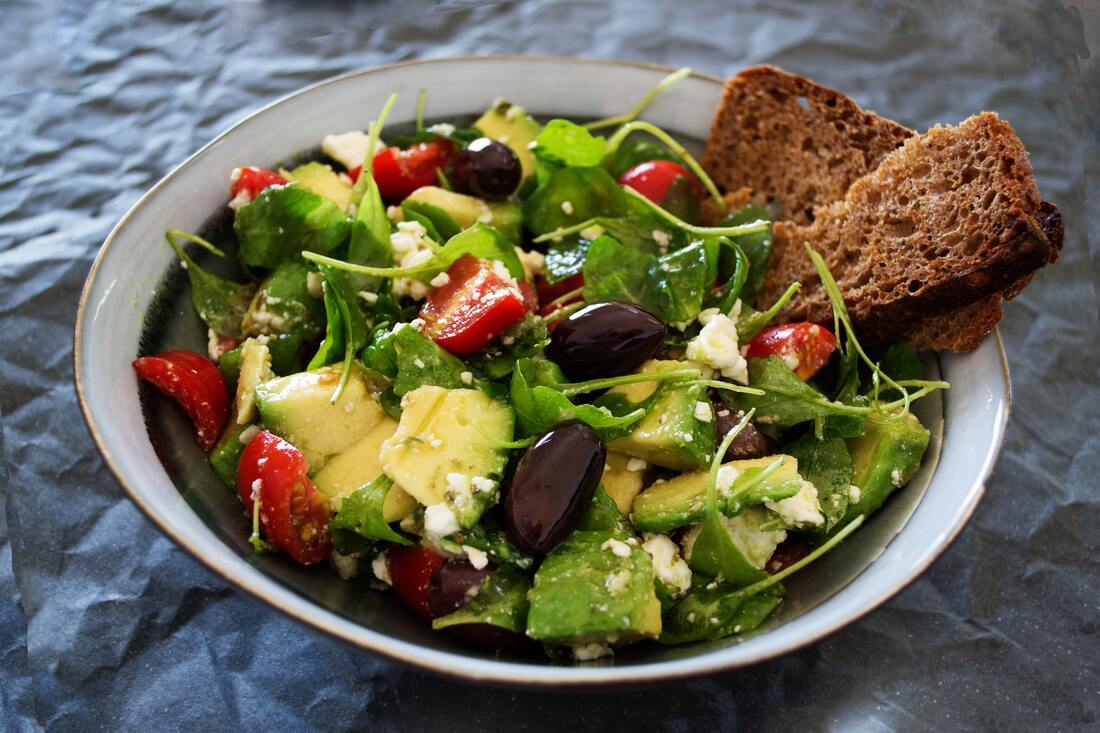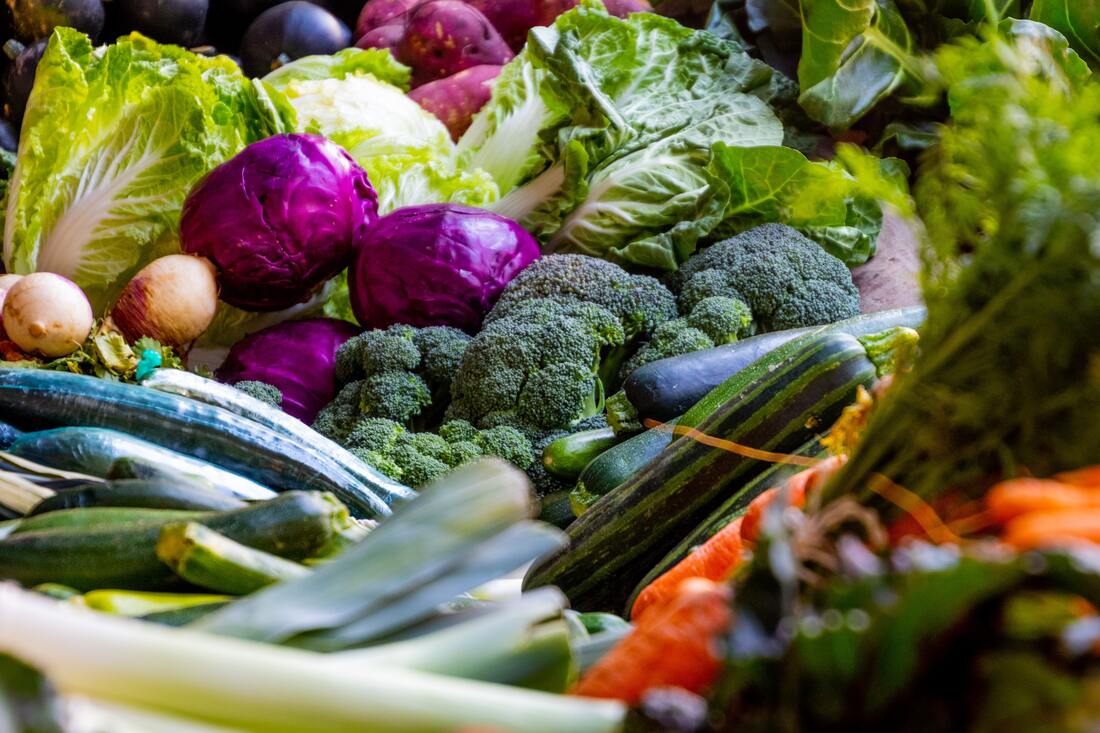|
Photo by Bruce Mars from Pexels.com In my previous blog post, I promised I’d come back to how French women act around food and why most of them are so slim. You do want to know, right? Because if you look around you in a crowd when you’re in France, it’s very unlikely that you’ll see any obese or even mildly overweight people. Why is that? Well, here are 8 of the reasons: # 1) Food is a lifestyle In France, food is seen as a pleasure and an art, not just something you eat to avoid hunger and make sure your body gets what it needs every day. The French have a lifestyle that allows moderation and pleasure to walk hand-in-hand. It’s how they’ve been raised, and it’s how they stay healthy and live life in general. In fact: No food is off limit for most French women. One reason is that they make sure they get enouogh exercise on a daily basis. They’re constantly on the move, making their daily routine part of their exercise. They walk everywhere, climb the stairs, and so on, - like I wrote in my previous blog post (link). That’s why going to the gym simply isn’t something they do a lot. If they do, they seldom go more often than twice a week, and definitely not to get ripped. It’s because they’ve found an activity they enjoy, and because they know they’ll feel good afterwards. Another reason is that deprivation, negative feelings toward food, cutting out entire food groups, or eating factory-made products, just isn’t a French woman’s style. It’s never about deprivation or absolutes. It’s about being smart with choices and quantities, and it’s about eating healthy and also exercising on a regular basis. Photo by cottonbro from Pexels # 2) They get food education from an early age The French learn from an early age to appreciate fine food and to be proud of their nation’s food traditions. The children learn that meal times are regular, no snacking between meals, and that sweets and sugary cakes are for special occasions only. This instills healthy eating habits from an early age. They also learn to eat what the adults eat, and to finish what’s on their plate. This encourages them to try new foods and not be «picky» about what they eat. This is also why you don’t find any «Children’s menu» in French restaurants. # 3) The Government supports healthy eating Even in schools, healthy lunches are a priority in France. The French government makes a serious effort to ensure that children are getting proper nutrition. Therefor, three-course, balanced meals are the standard in school canteens, and candy-bars have been removed and replaced with fresh fruits. Photo by Dana Tentis from Pexels # 4) Three or four meals a day and no snacking between meals The French normally have 3 meals a day, and generally don’t eat between these fixed meals. The 3 main meals are breakfast, lunch and dinner. Usually the breakfast is something light, like a croissant or slice of bread with butter and jam, and a bowl of café au lait. It’s also worth noting that bread in France normally have no sugar added and is therefor usually healthier than bread types you get in many other countries. Lunch is considered the main meal during the day, and can last up to 2 hours. It consists of several courses: Starter, main dish and dessert. Not the kind of dessert you normally think of, though, like a pudding. Dessert to a French woman normally means fresh fruit. There’s usually no snacking between meals, but kids who arrive from school in the afternoons eat some bread with jam paired with a glass of milk. This afternoon snack is known as le goûter, according to www.talkinfrench.com . Then there’s dinner in the evening, normally around 7:30 pm. This meal also normally consists of 3-4 courses, but can sometimes be a lighter meal than lunch. # 5) Fresh produce – no processed food The French stick to their traditional eating habits, and frankly: There’s a lot to learn from them. Like the fact that they generally …
The climate in France makes it possible for a wide array of high-quality ingredients to be produced. Everything is freshly picked and cooked to perfection. This means that the French generally eat «real» unprocessed food and less low-fat, sugar-free and fat-free versions (which are often actually full of artificial sweeteners and other ingredients that are not good for you). Photo by Magda Ehlers from Pexels Meat is often the center piece in French meals. Vegetables – the freshest and the ripest – are carefully picked and prepared. These are then cooked into side dishes or as part of the main course. Cheese is among the things the French can’t live without. It’s always served as a part of a meal, right after the main course and before the dessert. Bread is common in most meals, especially breakfast and dinner. There’s a wide variety of breads in France, but the baguette is probably the one most frequently used. Although there are several supermarkets in France, especially in larger cities, offering many imported varieties of food and ready-made meals, - the farmer’s markets are still popular. Traditional French cuisine relies on fresh fruit, vegetables and meat, and the average French person still sticks to the traditional way of preparing food. Young people may be more open to Anglo influences and be more frequent users of the American fast-food chains that have invaded France in the last decade or so. But the traditional French eating habits live on, and you’ll probably still find most of the fast-food restaurants more or less empty between the official meal times, even though they’re more likely to have longer opening hours than French restaurants and in that way are more available to the public. Of course, France is a popular tourist destination, and also have many citizens originating from other parts of the world, so the supermarkets and fast-food chains do serve their purpose and have their regular customers. But the average French person still prefers to do their grocery shopping at the local butcher’s, boulangerie and farmer’s market, where they get fresh food. # 6) They take time to enjoy the food Another healthy habit is that French people don’t eat «on the go». They sit down at a table, preferrably with family or friends, and enjoy the before-mentioned 3-course meal. This doesn’t mean that they eat a lot, though. They generally serve smaller portions of each dish and sit longer at the table. As mentioned earlier, lunch is the most important meal in France, and can typically last up to 2 hours. This is because the French really savor the moment, enjoy the food and the company of friends and family, which naturally allows proper digestion. They also take plenty of time between each dish, which also ensures that they know when they’re full and therefor don’t over-eat. Because cooking is considered an art in France, and the ingredients are carefully picked, the dishes are usually full of the right nutrients that satiate hunger and maintain proper metabolism. Photo by Adrienn from Pexels # 7) They drink a lot of water Unlike what you might think, the French often drink water with meals. But of course they do also like some red or white wine, but then they stick to one glass or two small glasses, and not a whole bottle of it. In France, you also rarely see a pint of beer or bottles of soda or other sugary drinks on the table at meals. # 8) Eating attitude Unlike people from many other countries, the French actually listen to their bodies when they eat, and will therefor feel when they’re full. They say, “Ca va, je n’ai plus faim” (meaning «I’m good»), and then they stop eating. Many other nationalities would stop eating only when the food is all gone, but as long as there is still food on the plate, they will continue to eat. Voilà! Those are the 8 main reasons the French women don’t diet and also generally don’t get fat. Of course, there are no rules without exceptions, but the French lifestyle is absolutely one we could all learn from. For me, it’s the ultimate thing. Depriving myself of food that I like, or shaming myself for not going to the gym or doing heavy work-outs on a general basis, is not for me. I’m living the French lifestyle now, and so can YOU. I want to enjoy my life, and the general attitude of slowing down and savoring each moment, is absolutely something that appeals to me and also seems wise. I’ve had enough stress in my life, and it hasn’t done me any good. I used to live «the French way» in my twenties, and that was the healthiest I’ve ever been. So when I found my way back to that after many years of living a different lifestyle, - a lifestyle where I was struggling with stress and putting on weight, - it was such a relief! So how about you? Are you sick of struggling with weight-loss and diets? Do you feel that strickt work-out regimes haven’t paid off for you? Do you feel that your life is full of stress and that you’re sort of running on a hamster’s wheel and not getting anywhere?  Photo by Markus Spiske temporausch.com from Pexels
If so, I really suggest that you consider adopting the French way of living. Even if you don’t live in France, it’s not difficult at all. It’s a way of living, an attitude towards life, that you can incorporate wherever you are. Why not start right now? Here’s how you can do that:
Having a community of likeminded women to support you and share your thoughts with, is absolutely GOLD! And it’s FUN! So join today! When you join, you’ll also get a downloadable version of The Female Life Designer’s Manifesto, which is a great way of getting into «the French way» of living right away! And this is just the beginning! If you really want to learn more about the French lifestyle, I’m on a mission to share everything I know with you and make sure we both live with as much joie de vivre as humanly possible! We’ll study and go deep into all aspects of «the French way of living», for sure. But slowly, with ease and elegance. Effortlessly! Comme une femme francaise! I’m looking forward to getting to know you! À bientôt! ---- If you enjoyed this blog post, feel free to leave a comment below and even share this with someone else who might enjoy it, too!
0 Comments
Leave a Reply. |
Categories
All
Archive
November 2022
|
Copyright www.elsekosberg.com 2023
CONTACT INFORMATION:
E-mail: info@elsekosberg.com
Mobile phone: +47-97 64 93 54
IF ALL YOU SEE IS AN EMPTY SCREEN: SCROLL UP TO FIND THE INFO!
HVIS DU KUN SER EN TOM SKJERM: SCROLL OPP FOR Å FINNE INFO!
PRIVACY POLICY





 RSS Feed
RSS Feed